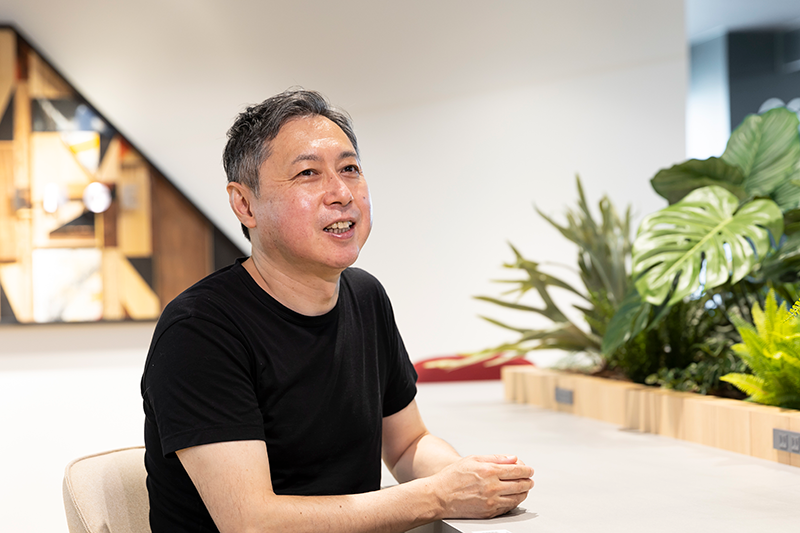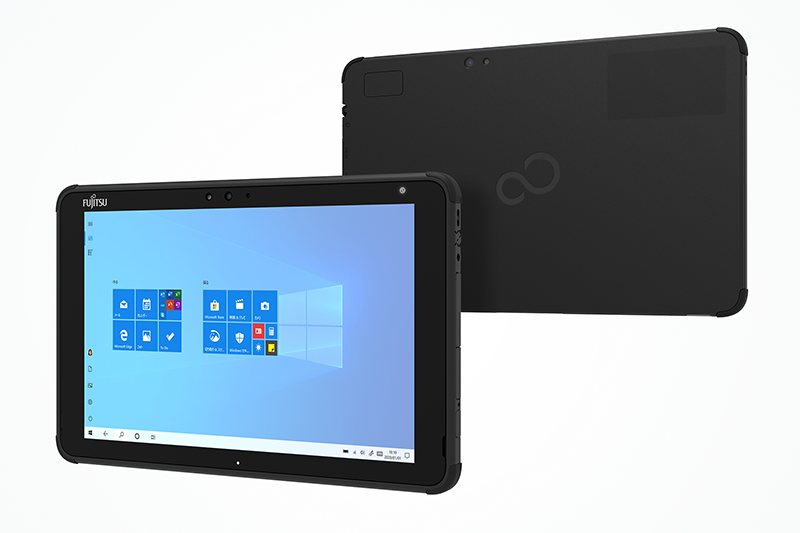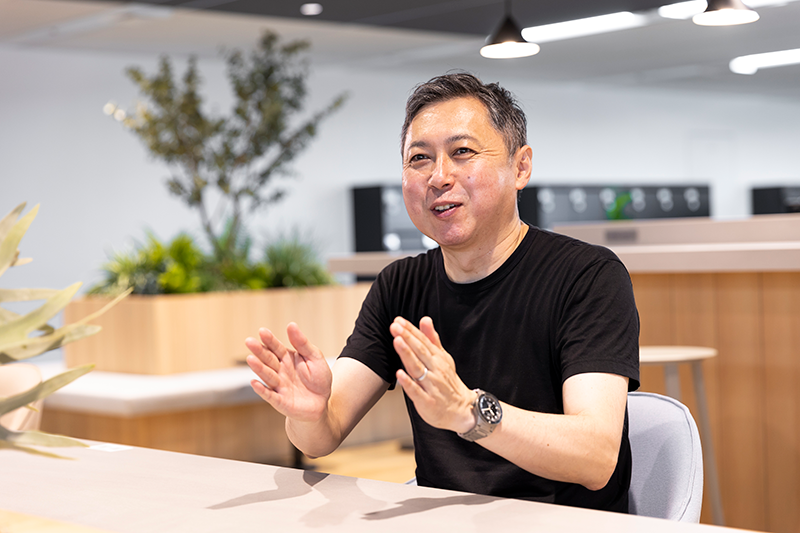As more and more elementary and junior high schools all over Japan have been introducing and using PCs and tablet devices, Fujitsu is supporting the advancement of ICT use in education with the launch of the ARROWS Tab Q5 Series of school tablets. Kohei Nakajima, the chief designer of the Design Center's Product Design Department, who was in charge of the design of this series, visited some 30 elementary and junior high schools all over Japan and explains, "We based our design process on the 'discoveries' we made during first-hand observations in actual schools." We asked Nakajima about the intentions he and his team instilled in the design of the School Tablet.
- (Note)This is the first part of a two-part article. Click here for the second part. >
Takeaways from Part 1
- A product designer’s work is not confined to a product's external appearance. It encompasses a wide range of areas, including manufacturing and sales promotion.
- The designers visited about 30 schools all over Japan to observe firsthand how tablet devices are being used in schools.
- These school visits revealed that tablet devices are not being handled as IT equipment.






